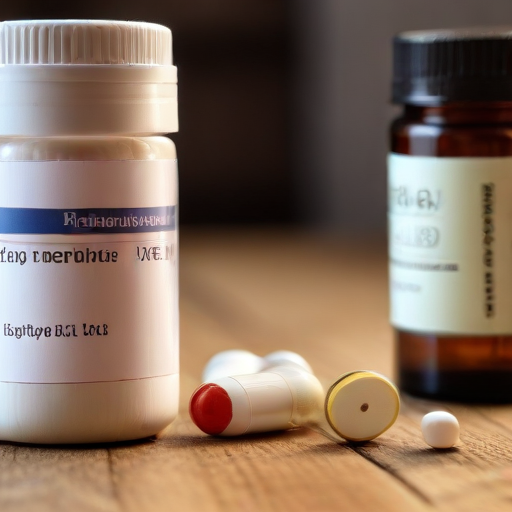The prescription of GLP-1 medications, traditionally aimed at diabetes management, is increasingly being extended to individuals without diabetes. A recent study published in the Annals of Internal Medicine reveals that while new prescriptions for GLP-1 drugs among diabetes patients are decreasing, those for non-diabetic individuals are rising significantly.
GLP-1 drugs, designed to mimic a hormone that manages blood sugar levels and diminishes appetite, were initially approved solely for type 2 diabetes. However, since the Food and Drug Administration’s approval in 2021 for Wegovy as a weight management solution, there has been a notable shift in their usage. Currently, major pharmaceutical companies like Novo Nordisk and Eli Lilly are finding it challenging to keep pace with the burgeoning demand for these medications.
Researchers analyzed the healthcare records of 45 million Americans over the period from 2011 to 2023, discovering a decline in the percentage of new GLP-1 users with type 2 diabetes from nearly 90% in 2019 to just over 70% in 2023. Concurrently, the number of non-diabetic new users surged from 10% to 25%. This evolution indicates that healthcare providers are increasingly recognizing the effectiveness of these medications in addressing obesity, highlighting a significant shift in public health priorities.
Yee Hui Yeo, a co-first author of the study, expressed that while this change reflects a growing acceptance of GLP-1 drugs for weight management, it raises valid concerns regarding potential shortages that could impede access for patients with diabetes.
The study was based on data from healthcare software provider TriNetX, which may not fully represent nationwide trends. Nonetheless, the popularity of GLP-1 drugs has soared, attributed to their notable side effects that assist users in achieving considerable weight loss, with some participants losing up to 26% of their body weight.
As sales of these drugs have surged, Eli Lilly and Novo Nordisk have ascended to become some of the most valuable pharmaceutical companies globally. Despite these companies investing billions in expanding their production capabilities, the challenges in fulfilling patient prescriptions remain evident. Analysts from Morgan Stanley predict the global market for GLP-1 drugs could reach an impressive $105 billion by 2030, with an expected increase in adoption to approximately 31.5 million individuals in the U.S. by 2035.
This significant shift not only demonstrates evolving healthcare trends but also opens the door for broader medical applications and innovations in treatment offerings for obesity and diabetes management.
In summary, the increasing prescription of GLP-1 drugs to non-diabetic individuals signifies a transformative public health movement. While it brings about potential concerns regarding medication accessibility, it also underscores a promising recognition of the importance of these treatments in combating obesity, leading to a healthier population in the long run.
